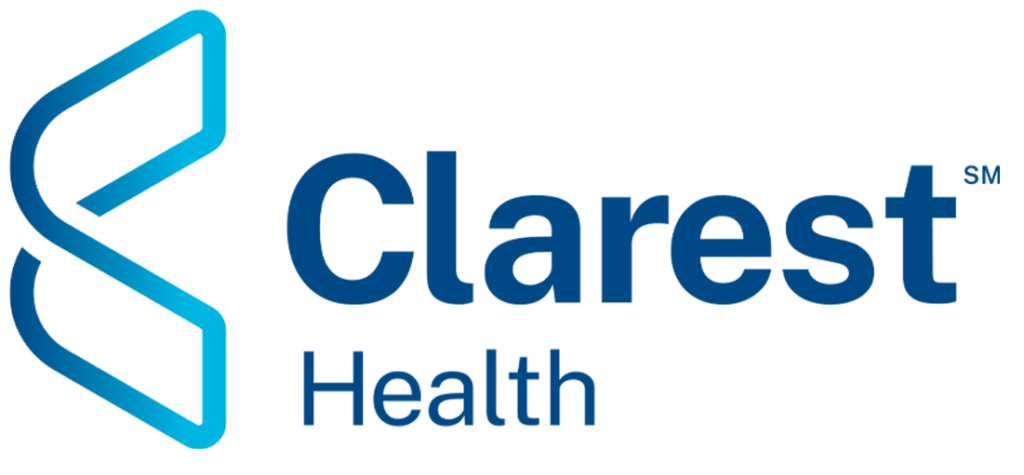Navigating Changes in CMS MTM Program Requirements: A Roadmap for Payers
As we gear up for the Medicare calendar year beginning January 1, 2025, it’s crucial to stay ahead of the curve regarding the changes to the Centers for Medicare & Medicaid Services (CMS) Medication Therapy Management (MTM) program. With the release of the final rule for public inspection on April 4, 2024, it’s time to assess the implications and equip yourselves with the necessary tools to adapt seamlessly. Let’s delve into what lies ahead and how we can navigate these changes effectively.
Understanding the Final Rule:
The 2025 CMS final rule has some substantial changes for how Medicare Part D prescription drug plans work (CMS-4205-F and F32; RIN 0938-AV24 and 0938-AU96). CMS is looking to make improvements to the MTM program to ensure more people with chronic conditions get the help they need managing their medications. Here are the requirements they’re changing for the MTM program effective January 1, 2025:
Expanding Core Chronic Targeted Diseases: CMS wants Medicare Part D plans to focus on all core chronic diseases, which currently stands at 9 and will now include HIV/AIDS, making it a total of 10. CMS finalized that plans must include all core chronic diseases in their targeting criteria for identifying beneficiaries who have multiple chronic diseases. This means more people with these conditions will be eligible for the MTM program.
In the final rule, CMS identifies the following diseases as chronic:
- Alzheimer’s disease
- Bone disease-arthritis (including osteoporosis, osteoarthritis, and rheumatoid arthritis)
- Chronic congestive heart failure (CHF)
- Diabetes mellitus
- Dyslipidemia
- End-stage renal disease (ESRD)
- HIV/AIDS
- Hypertension
- Mental health (including depression, schizophrenia, bipolar disorder, and other chronic/disabling mental health conditions)
- Respiratory disease (including asthma, chronic obstructive pulmonary disease (COPD), and other chronic lung disorders).
In addition, plans will retain the flexibility to target more chronic diseases beyond those codified as core chronic diseases.
Reducing Drug Restrictions: CMS did not finalize the proposal to cover more Part D drugs under the MTM program by reducing the maximum number of covered drugs from 8 to 5. They are retaining the maximum number of drugs a plan may require for targeting beneficiaries taking multiple Part D drugs at 8. Plans will maintain the flexibility to set a lower threshold (between two and eight Part D drugs) for targeting beneficiaries, if desired.
However, plans will now have to include all Part D maintenance drugs in their targeting criteria. CMS finalized the provision to require plans to include all Part D maintenance drugs in their targeting criteria. Additionally, plans will not be permitted to limit the Part D maintenance drugs included in MTM targeting criteria to specific Part D maintenance drugs or drug classes. CMS also stated, for the purpose of identifying Part D maintenance drugs, plans must rely on information in a widely accepted, commercially or publicly available drug information database.
Changing Cost Threshold: For 2025, the cost threshold for beneficiary eligibility will be adjusted to reflect the average annual cost of 8 generic drugs. CMS calculated the dollar amount of the MTM cost threshold based on the average daily cost of a generic drug using Prescription Drug Event (PDE) data. Based on analysis of 2023 PDE data, the MTM cost threshold will be $1,623 for 2025. This will make more people eligible for the MTM program based on their medication costs.
CMS also indicated the MTM cost threshold will be published in the annual Part D Bidding Instructions memo for future years.
Other Guidance and Technical Changes: CMS codified previous guidance that a beneficiary must be unable to accept the offer to participate in the Comprehensive Medication Review (CMR) due to cognitive impairment and clarified that the CMR must include an interactive consultation that is conducted in person or via synchronous telehealth.
MTM Program Completion Rate for CMRs (STAR Ratings): As outlined in the previous proposed rule from December 2022 to modify the MTM program, CMS will move this Star Ratings measure to the display page for at least two years after substantive updates. The Completion Rate for CMRs will move to the display page for the 2025 and 2026 measurement years and will return to the Star Ratings program no earlier than the 2027 measurement year for the 2029 Star Ratings because of the changes finalized for 2025 above.
Tools for Success:
To navigate these changes successfully, the right tools and resources are imperative. Investing in a holistic, coordinated care model that has best-in-class technologies with robust capabilities, analytics tools, pharmacy experts, human engagement, clinical decision support tools, scalability, and personalized care planning to help in refining targeting strategies will be instrumental in meeting the evolving needs of members. Technology solutions that automate processes and facilitate timely communication with prescribers can enhance efficiency and ensure compliance with regulatory requirements. Additionally, leveraging data analytics platforms to monitor program performance and identify areas for improvement will be essential in optimizing MTM services.
Conclusion:
These changes will be officially published in the Federal Register on April 23, 2024. With the changes to the MTM program targeting criteria on the horizon, potentially increasing the number of Part D enrollees eligible for MTM, from 4.5 million to 11.4 million, this presents both challenges and opportunities to enhance Medication Management services and improve patient outcomes.
In preparation for the changes coming in 2025, a proactive and strategic approach is imperative. Positioning teams for success in the evolving landscape of CMS MTM program requirements will require staying informed, collaborating with stakeholders, and leveraging innovative tools and technologies.

